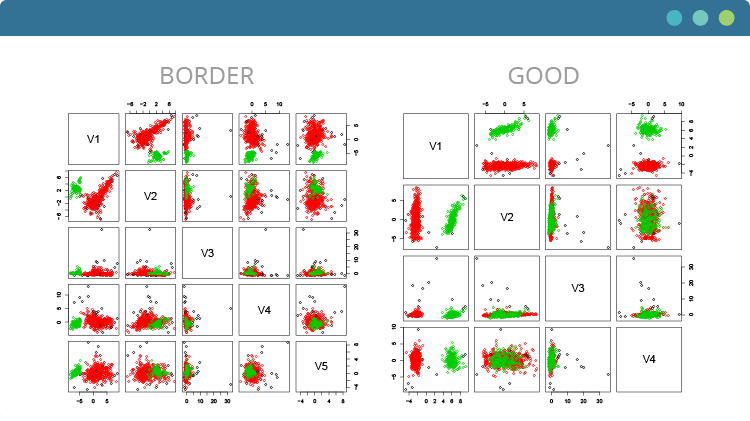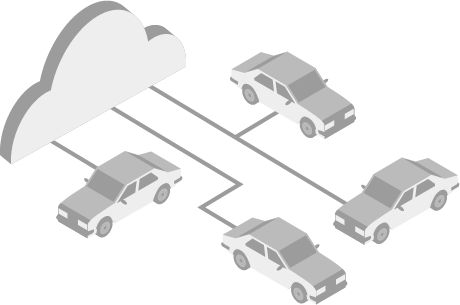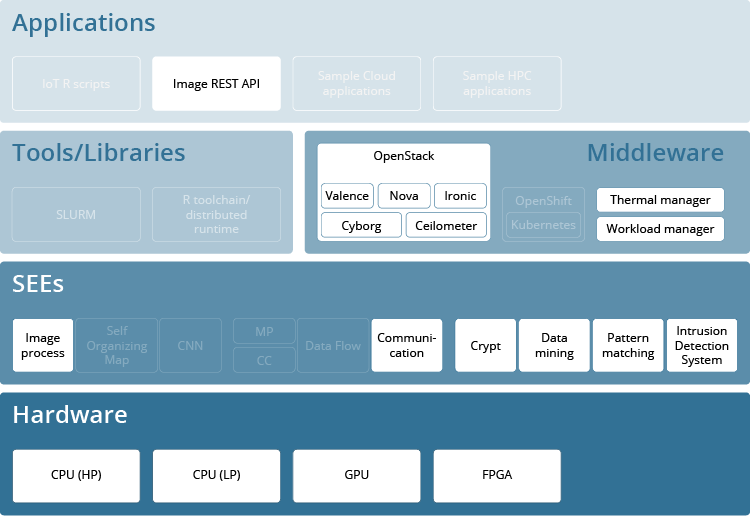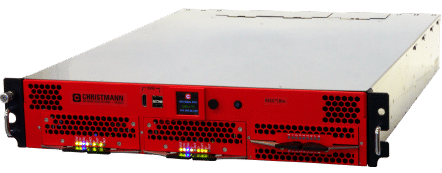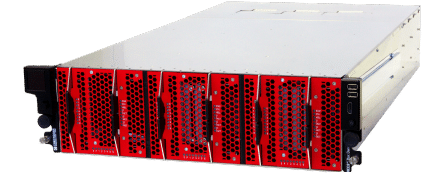M2DC IoT at a Glance
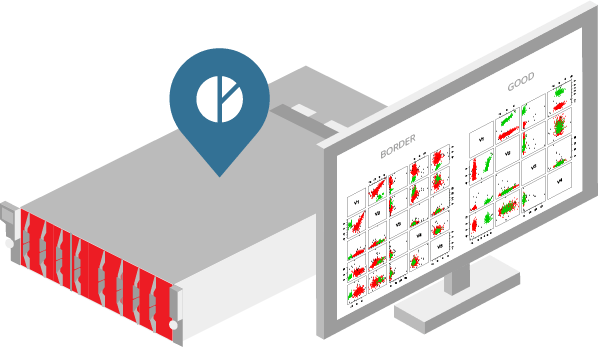
This appliance enables competitive advantage with respect to performance, scalability, efficiency and cost-savings. The two-fold nature of the appliance makes it appealing to a broad audience of application providers. The success stories include Vodafone Automotive, leader of the automotive market with a vast amount of data collected nowadays on vehicles and later processed via analytics techniques to infer valuable information.

